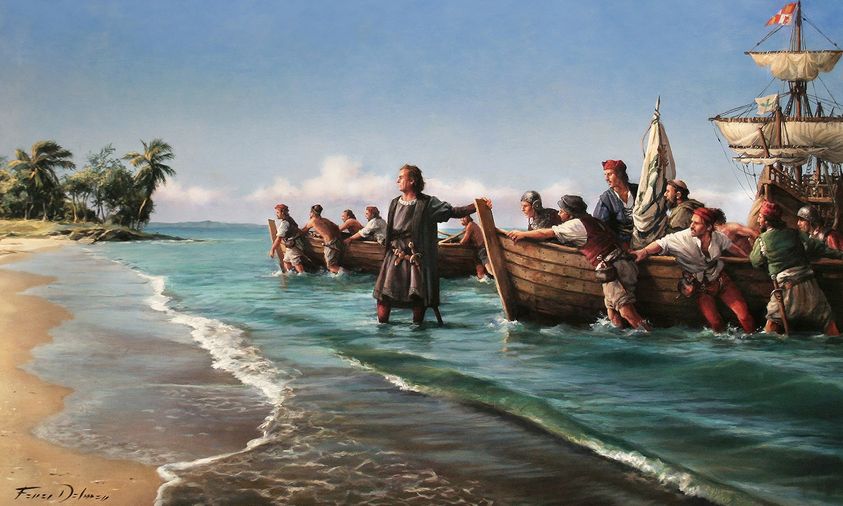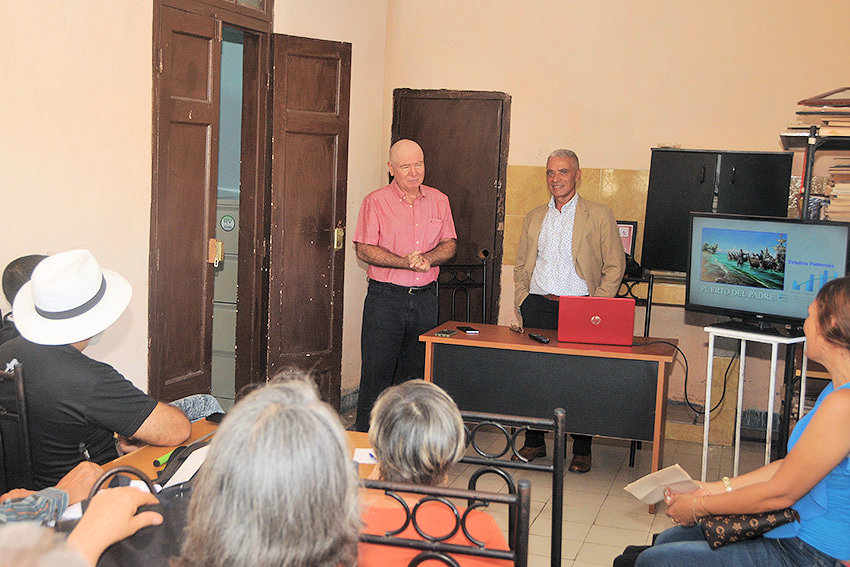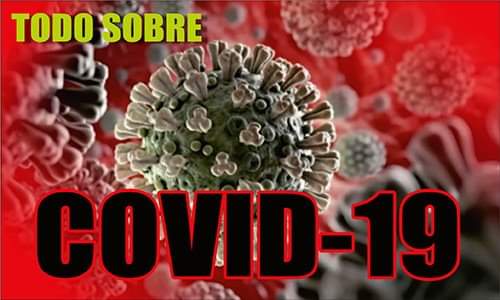
Reymundo Betancourt Alvero has traveled in time. He has done it hand in hand with science and perseverance. He has dedicated more than two decades of his life to an investigation into the origins of the place named Puerto del Padre and the evidence of it as Puerto Primado de Cuba (Cuba’s Primate Port). Precisely, the latter is the name of a series of five volumes, sold on Amazon, which should constitute a reference today for anyone approaching the subject.
With the dialectical conviction that science can identify and correct his errors, he only asks that his work be judged, for the support of which he consulted about twenty scientific specialties. Along this path, he has already knocked on several doors, from the Cuban Institute of History, the Cuban Academy of Sciences, and other prestigious institutions, but at that level - he confesses - he has not yet found the ideal will to weigh the evidence of him. However, at the provincial level, it is adding support from the Office of the City Historian, the Union of Historians of Cuba (Unhic), the Union of Writers and Artists of Cuba (Uneac), the Union of Journalists of Cuba (UPEC) and others.
The thesis of Puerto Padre as Primate Puerto is not new. Scholars like Fernando García Grave de Peralta and Francisco Ramón del Pueyo also supported and demonstrated it through fieldwork. Reymundo, based on this knowledge, but making contributions, glimpsed new lights waiting for the topic to be valued with this perspective.

“I always wanted to know the origin of the name Puerto del Padre, which - in the mid-20th century - was abbreviated to Puerto Padre. In the nineties, working at the TunasVisión telecenter, I did some incipient work. I wanted to do important work for La Villa Azul, but I still didn't feel ready. That's how I started investigating. But, it was not until I participated in the excavation of El Socucho, with the Atabex-Manabón Speleoarchaeological Group, that I was convinced of what my direction would be and I made a documentary.”
FIRST INDICATIONS
“The archaeological evidence, emanating from the excavation of 'Atabex-Maniabón', determined the presence of a third-magnitude habitation group, from the time of the aboriginals. In El Socucho there were two houses that corresponded to Columbus's descriptions. In fact, the place named Puerto del Padre was born by naming the Puerto Primado del Maniabón, one of the most prosperous aboriginal regions in Cuba.

"In addition, it has always caught my attention that the legend that says that the name Puerto Padre is due to the fact that, when the Grand Admiral passed by there, he says: What a port, father," has not been properly recognized. In one of my documentaries, I completely dismantle it and show that there is scientific evidence that the name that Columbus gave as the Port of San Salvador is the same Port of Padre,” comments the passionate researcher.
In his study, Reymundo affirms that the place named Puerto del Padre was born in the first 28 years of the written history of Cuba. And, if we take into account that all colombistas know that Columbus was or passed through the Puerto del Padre environment on his first trip to this part of the world, this proposal does not have to be ignored. “Especially when in 1940 the jury of the Colombista Society and El Liceo de La Habana contest ruled that there was no historical certainty regarding the place of arrival of the Genoese to this Island and that, as long as no other evidence appeared, the thesis would be accepted. of Bariay. But that work was published, ignoring the limitations and - two years later - by show of hands, at the First National Congress of Geography, they voted in favor of ratifying that decision."
“I had to study numerous specialties to demonstrate that my evidence has a scientific basis: Astronomy, Metrology, Meteorology, Caving, Oceanography, Seamanship, Linguistics, Religion and others. In addition to understanding the Navigation Diary, transcribed by Fray Bartolomé de Las Casas (since Columbus' Original Diary did not arrive), as well as the transcription of Fernando Colón (son of the Grand Admiral), The Decades of the New World (by Pedro Mártir de Anglería), the chronicles of Antonio Herrera y Tordesillas, History of the Indies (from 'Las Casas') and the three letters that Columbus wrote, which were transcribed and published at that time.
“I also went to the scene where the events occurred to decipher why each description was said. Practically all colombistas have done this, but many have issued criteria that are temporally and spatially distant from the event,” Betancourt Alvero alleges.
The industrial mechanical engineer, cameraman, and audiovisual producer thought in 2008 that he had a full-scale scientific study. Still, in exchanges with other researchers, he became convinced that he only had a collection of information. And, from then on, he structured it methodologically.

SAILING IN DEEPER WATERS
“My research is made up of two parts. In one I travel from the present day to the origins of the place name Puerto del Padre to determine what was the historical event that led to the baptism of that name. And, on the other hand, 'I have traveled' since 1492 to determine who is currently the Primate Port of Colón.
They are independent studies, but they complement each other. I try to solve the locative controversy of the toponym of Puerto Primado and I try to solve the nominal controversy. This had never been done, since the researchers who have approached the subject only conceive of the controversial toponym by location and not by name,” he explains.
Using inductive-deductive, historical-logical, and descriptive methods, Reymundo was, little by little, building his scientific criteria until he concluded that Puerto Padre was the Primate Port of Cuba. Bibliographic reviews, observations, comparisons, and conversations with figures who have addressed the topic such as the Havana journalist Mary Ruiz de Zárate, among many other resources, make up his journey following the Columbian footprint in this Archipelago.
When talking with him, multiple clues also come to light that speak of horizons unnoticed or little explored by history and insufficient fieldwork in various procedures. That, together with the coherence and depth of his proposal, with innovative contributions such as those made in the area of toponyms, should be sufficient reasons for the pertinent institutions to rethink the matter.
Although Reymundo says to 26: “I feel happy. "I am a fulfilled man because I have contributed to my land and mine," there is no reason, in the 19th century, to wander adrift after having navigated from science through somewhat unfathomable waters, running a similar fate to that of the work Columbian, practically three centuries in anonymity, due to the baseness of his contemporaries. This member of UNEAC, UPEC, and UNHIC must be - as the intellectual Carlos Tamayo said in the presentation of the five volumes of Puerto Primado - “deserving of the deepest respect.” In science he does not defeat himself, he convinces himself.





